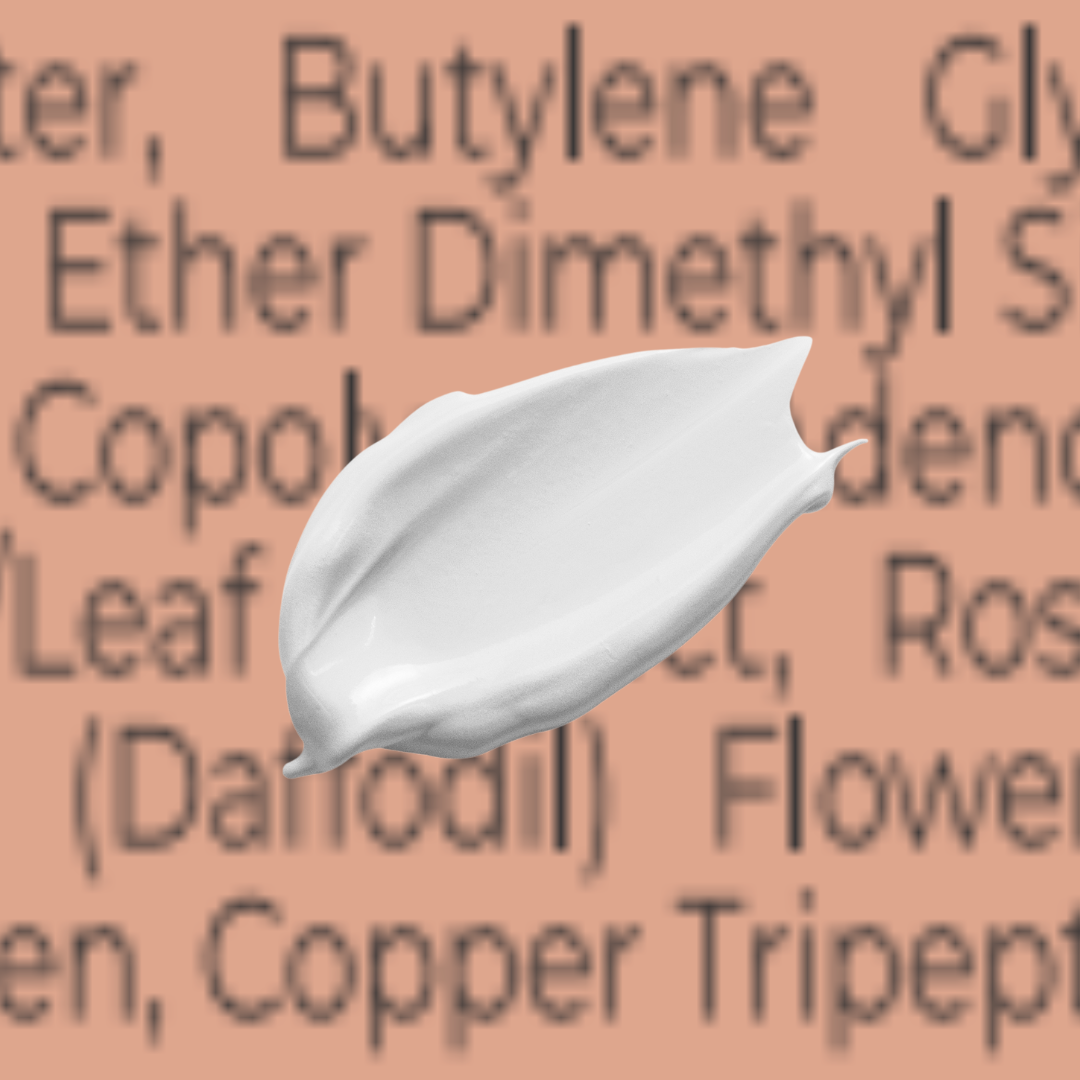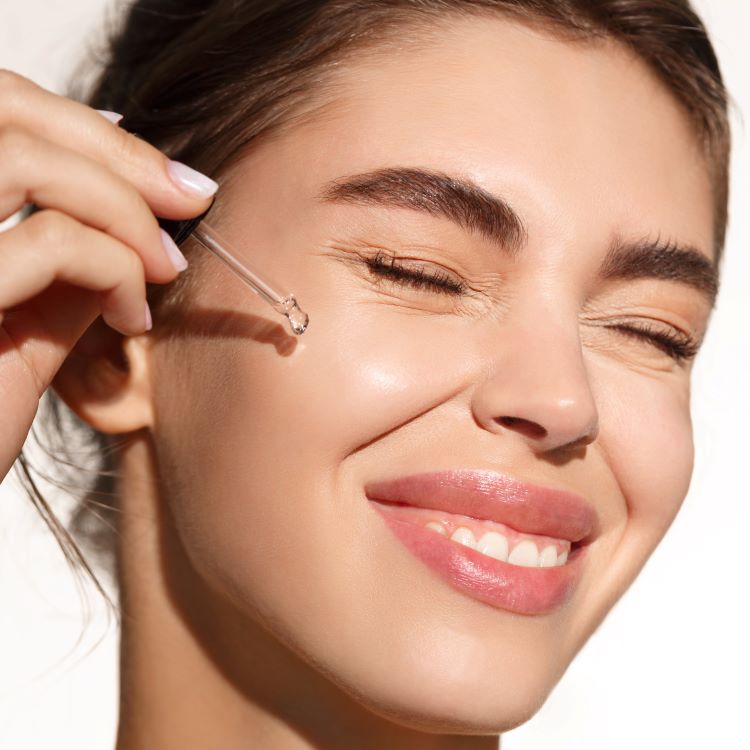
THE 5 DIFFERENT SKIN TYPES
Many people think their skin is either dry or oily, but there are actually 5 different skin types. Each skin type has different needs and different products that work for them. And even if you finally found your true skin type, that doesn’t mean it won’t change over time. Environment, hormones, age, diet and medication can all play a part in the changes that may occur.
Your skin has a delicate balance and identifying its type can revolutionize the way you care for it, and the results you see from your beauty products.
An easy way to begin is to gently pat your forehead, nose and cheeks with a with a blotting paper. If there is little to no oil on the paper, you likely have dry skin. If you see traces of oil, your skin may be normal and if there is a lot, you probably have oily skin. In this guide, we will take you through the characteristics that define each skin type so that you can get the most out of your beauty regimen.
1. OILY SKIN
An easy way to spot an oily skin type is to study your pores: the bigger the pore, the more active the oil gland. For those with oily skin, the process of producing sebum can go into overdrive. You may experience a ‘film’ of oil building on your face throughout the day, and may be prone to blemishes, more frequent breakouts, or acne on the face and neck.
The good news is oily skin tends to age well, as there is such an abundance of moisture. Also, oily skin tends to dry up with age. Many who have ‘problem skin’ in their teenage years find it naturally clearing as they get older.
Tips for oily skin:
2. DRY SKIN
The main symptoms of dry skin are dullness, tightness, scaly skin, redness and sometimes irritation. Skin can become naturally drier with age, and it can also be affected by factors such as sun exposure, medications, detergents and harsh cosmetics.
Many factors can lead to dry skin, including sun exposure, hot showers and over-exfoliating with products like salicylic or glycolic acid. Also, as we age, the skin naturally gets drier thanks to hormonal changes.
Tips for dry skin:
3. COMBINATION SKIN
Some people believe that combination skin is dry skin in winter and oily skin in summer. This would actually be simpler, as it would simply mean switching your products every six months. But the reality is a little more complex, mixed skin most often refers to the presence of both dry and oily skin areas on the same face.
You probably fall into this category if you have oily skin on your nose and forehead (or T-zone) and drier skin on your cheeks and chin. Combination skins will generally need to diversify their approach to skin care, with different products for different areas.
Tips for combination skin:
4. SENSITIVE SKIN
If you experience a stinging sensation when you apply certain products, you may have sensitive skin. You might be prone to inflammation, or more severe conditions such as rosacea and dermatitis.
Those with a sensitive skin type may find their skin does not react well to products, especially those with harsh ingredients. Factors such as alcohol, stress and even certain foods can exacerbate sensitive skin conditions, so a healthy diet with lots of water can really help those with this skin type.
Tips for sensitive skin:
5. NORMAL SKIN
Dermatologists often refer to those with a normal skin type as the “lucky ones”! You might fit this category if your skin looks healthy and hydrated with minimal effort, and you rarely get blemishes or dry patches.
There is no real downside to having normal skin, other than the psychological element. Your skin may be so good, you might feel you don’t need to take care of it or forget your beauty routine completely!
Someone with ‘normal’ skin might sleep in their make up after a night out or forget to moisturize regularly. Normal skin types can get away with the odd beauty crime, but they can take their toll long term.
Tips for normal skin:
And you, have you identified you skin type yet? What are the products that work for you?




Subscribe to receive updates, exclusive deals and more.